Foinikas Templar Knights Village is an abandoned ghost town next to Asprokremmos Reservoir in Paphos district. The nearest inhabited village is Anarita, located around 5 km southwest. The place has a rich history behind it, but it is not very well known or sought after by tourists. People who are more interested in the history of the island and don’t mind going off-the-beaten paths may find it intriguing.
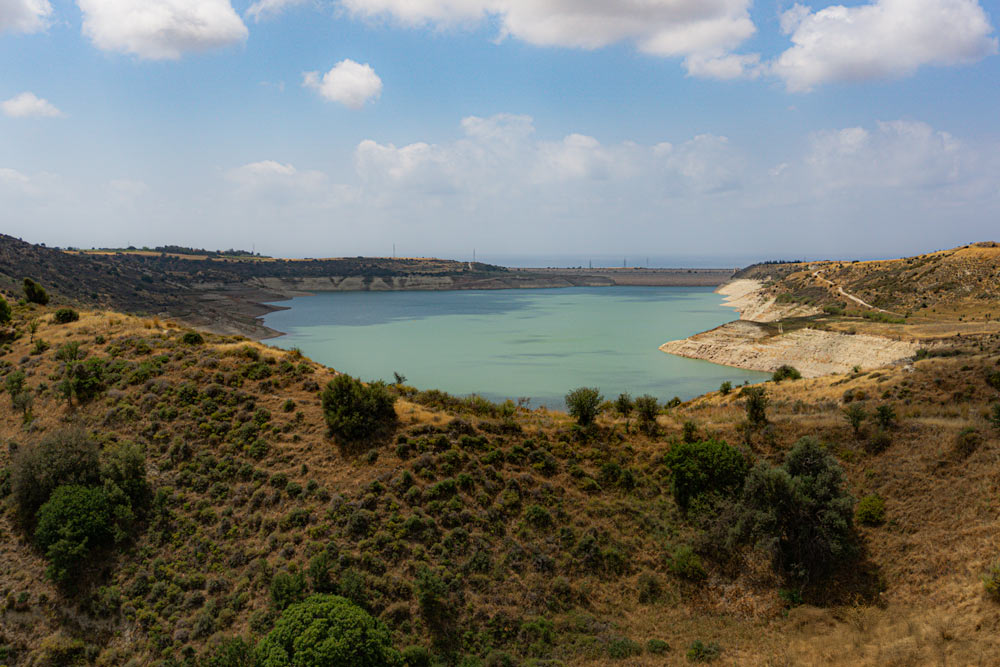

Origins of Foinikas
The name Foinikas is of Greek origin, but there is also a similar name in English – Phoenix. Its origin traces back to the 12th century, aligning with the period of the Crusades. It appears that the location was chosen with care due to its strategic position and advantages against enemy attacks. The only access to it used to be through the bank of the river Xeropotamos.
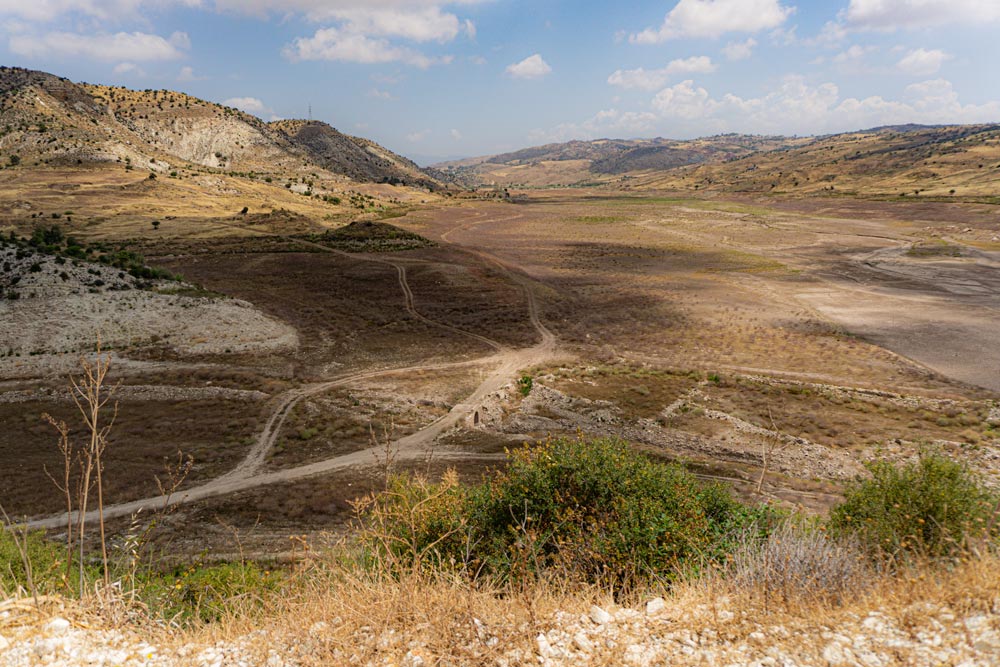
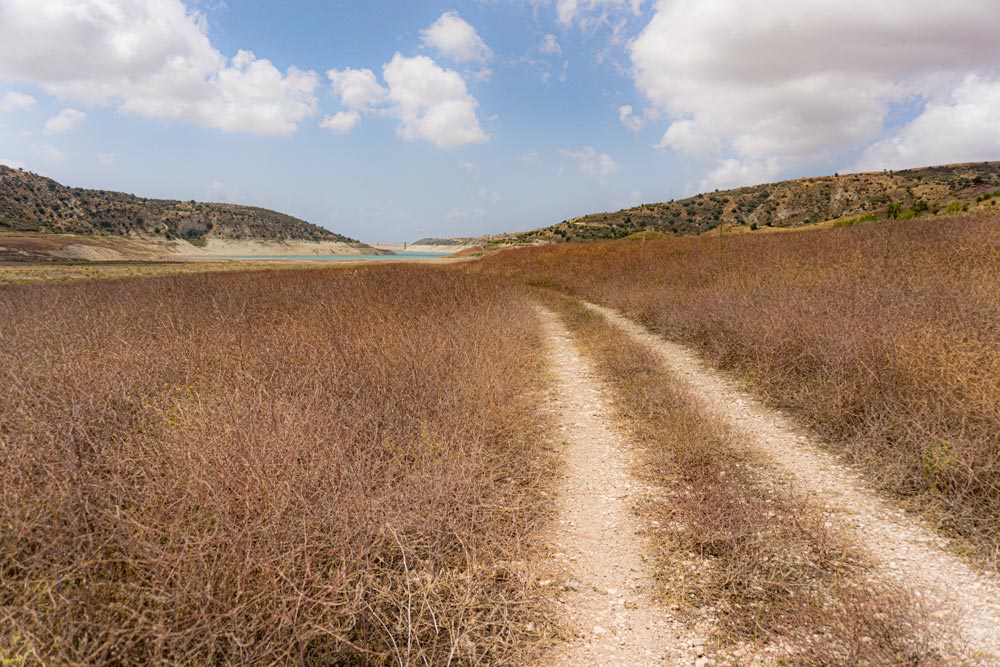
The decision was made in 1191 when Richard the Lionheart made his famous raid. Later, it played a crucial role in the conquest of the Limassol and Paphos districts by the Knights Templar. The village becomes one of their administrative and agricultural centers.
Templar Knights in Cyprus
In 1191 AD, during the Third Crusade, King Richard the Lionheart captured Cyprus from the Byzantine ruler and sold the island to the Knights Templar. The Knights Templar was a military order established to protect Christian pilgrims and territories in the Holy Land. Unfortunately, the knights didn’t hold the power over the island for very long. Local resistance led them to sell the island to Guy de Lusignan, the former King of Jerusalem. Templars helped shape the island and introduced innovations in irrigation, farming, and fortification.
Decline of Foinikas
After the Knights Templars were disbanded in 1312, the level of activity in Foinikas declined, as did that of the Knights Hospitaller (Order of St. John). However, there might also be some other factors that contributed to the abandonment of the village.
Natural disasters, such as earthquakes, and historical events like the Turkish invasion in 1974 also contributed to the village’s decline. Although Foinikas was not physically destroyed, it was primarily inhabited by Turkish Cypriots, who later relocated to the occupied northern part of the island.
The construction of the Asprokremmos Dam in the 20th century swallowed parts of Foinikas beneath its waters. Seasonal floods then further isolated the once-thriving village by claiming the surrounding land.

Architectural Highlights
The Templar Knights built most of the older structures along the banks of the river. In contrast, some of the newer-looking buildings stand further away, near the hills. Foinikas Templar Knights Village features many stone-built ruins that whisper of its medieval past.
Although the passage of time has already left a strong mark on the structures, it is still possible to identify two-story house foundations. These were often built from limestone blocks, along with collapsed walls and staircases. You can still find partially preserved interiors. Some resemble a small chapel with an arched entrance and orientation toward the east. Some of the newer buildings include schools or even mosques.
There were no castles or fortresses, but Templar estates were typical of creating houses and fortified farmsteads with a chapel and housing for monks, knights, or workers.
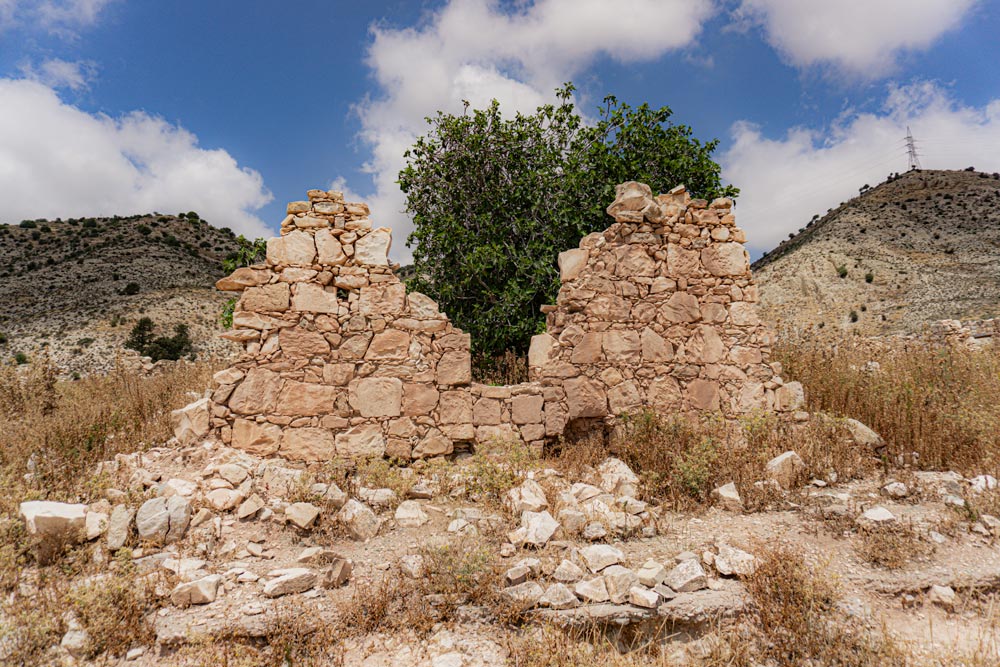
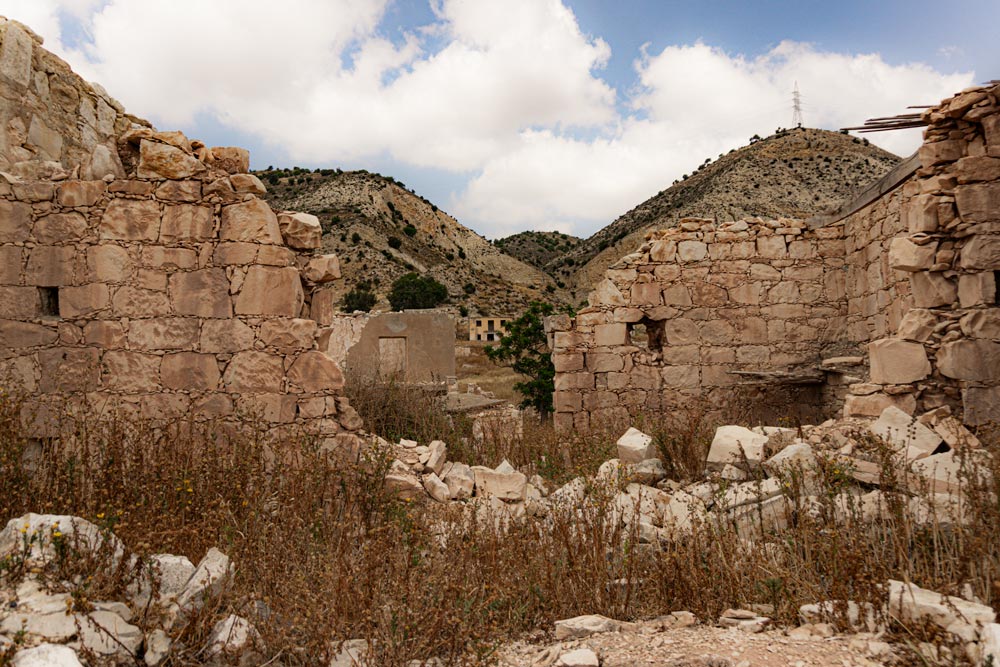

How to Visit Foinikas
Fonikas is not easily accessible, especially if you want to go by car directly to the village. You will need a 4×4 and expect a very steep hill and lots of high grass and vegetation in the village (which can make the in-location exploration harder). You can drive to the village from one of the nearby villages – Anarita or Nata. Another possibility is to use a bike or walk.
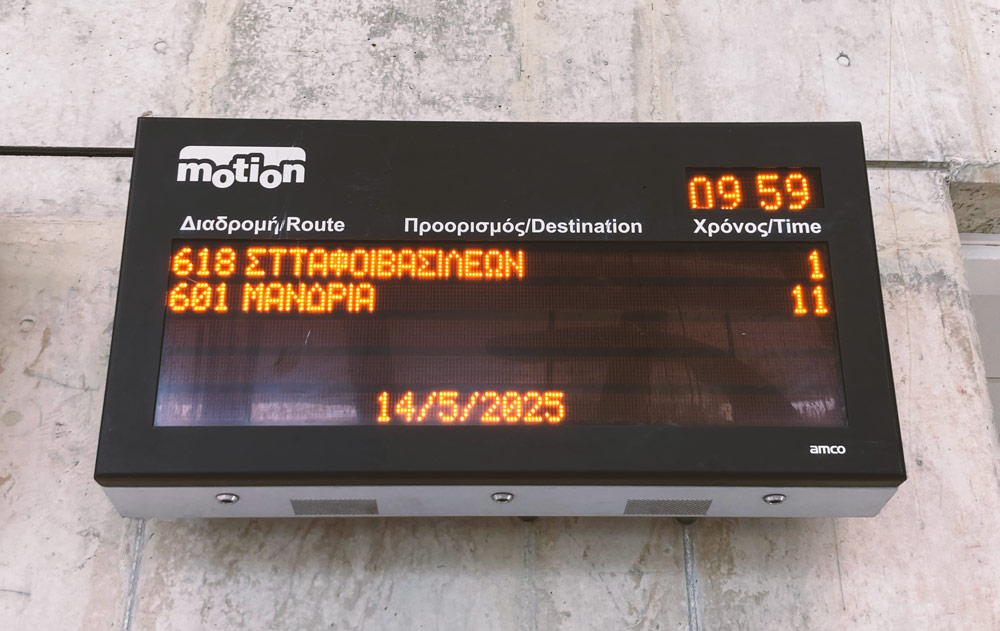
There is a parking lot at the Asprokremmos Water Treatment Plant. But even walking down or up can sometimes be quite challenging. The walk from the parking lot to the village should take you about an hour or maybe even less – it is possible to use the path from the so-called “Venetian Bridge” through the land that was once covered with water, which helps you reach the village quicker.
I had also read on Google Reviews that people visited the place at night, which I’m not sure is the best idea, but it doesn’t seem like a great idea considering the difficulty of access and the state of the dirt road.
If you want to attempt to reach the village with public transportation, as I did, then hop on bus 601 at Karavela Bus Station and get off at Agia Marina in Anarita (near the church). After that, head east north. The trip to the parking lot from the village should take you around 40 minutes. You can make a brief stop at the Greek Orthodox Church of Εξωκλήσι Αγίου Επιφανίου.

When I visited the place (May 2024), it seemed that I was the only person there. When I was on my way back, I found a car parked near the Venetian Bridge, and the person was exploring the water dam. The place alone felt quite strange and weird as if somebody had grabbed your heart and aggressively thrown it out of you. Something similar that you can feel while exploring the abandoned part of Famagusta – but not the one open for tourists, the one that you can observe on the one side of the road leading to the checkpoint in Deryneia.
The location is also ideal for capturing drone footage, but be aware of the drone restrictions and the nearby military school ΚΕΝ Πάφου. Some YouTubers – local explorers claim that the military also sometimes trains in the village.
Occasionally, you might come across a local shepherd guiding his goats through the silent, crumbling streets of the abandoned Foinikas Templar Knights village.
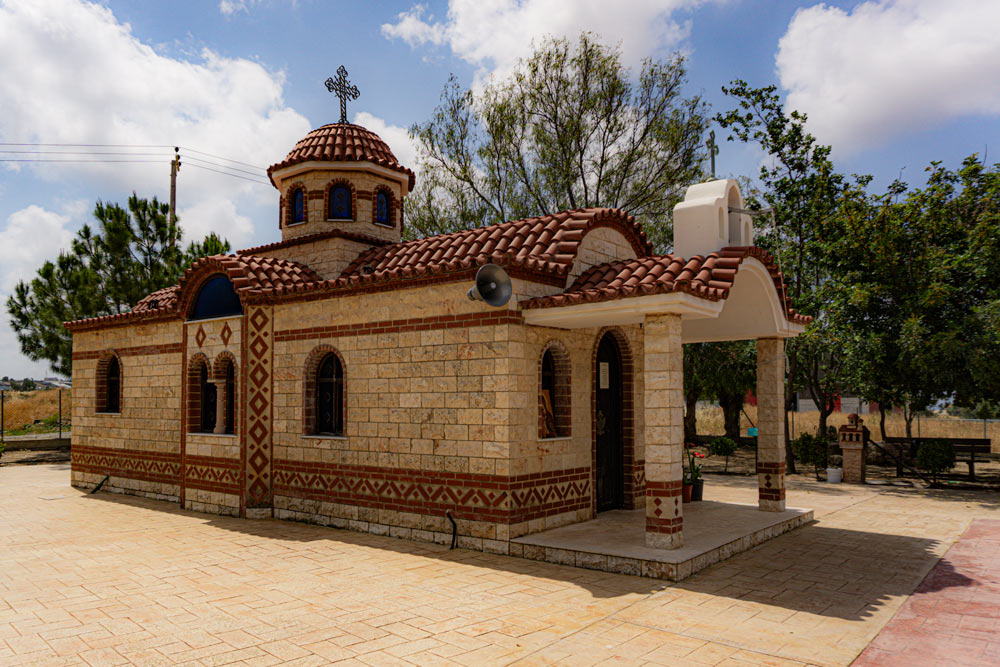
Nearby Attractions
Besides the Asprokremmos Dam and the many hiking trails around it, there are several nearby Orthodox churches worth visiting. These churches are located between the villages of Nata and Choletria, perfect for those who enjoy hiking. If you head further southeast, you can also visit the archaeological site in Kouklia. To see another abandoned village, head towards Souskiou. It lies on the right bank of the Asprokremmos Reservoir, near the village of Nikokleia.
If you enjoyed uncovering the secrets of Foinikas Templar Knights Village, don’t stop here. Explore more Cyprus adventures on the site. Discover 10 Unusual Things to Do in Paphos. Uncover The Secrets of Ancient Kourion. Take a walk through the haunting remains in Inside Famagusta Ghost Town. And relax at the 13 Stunning Beaches of Paphos.
Sources:
Sources: